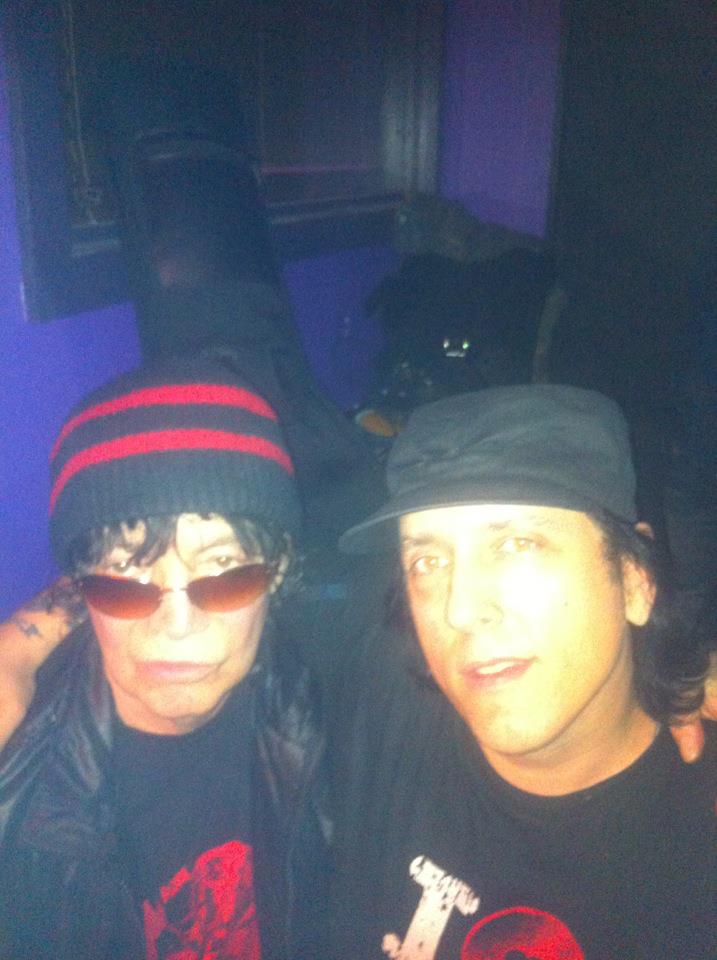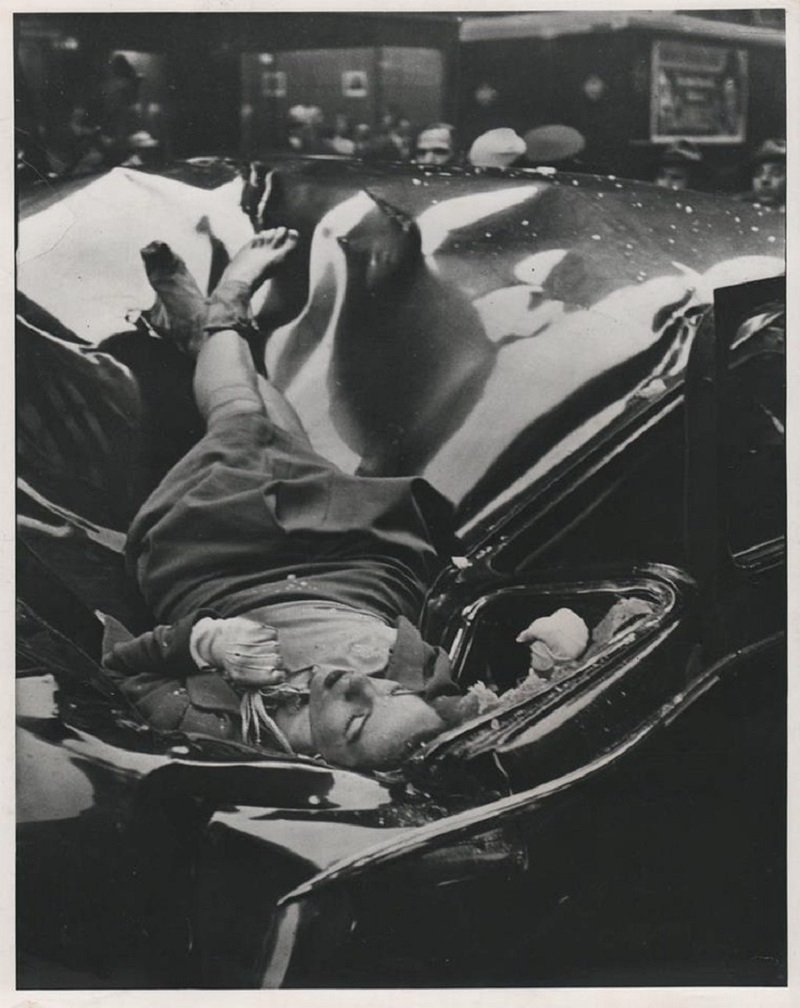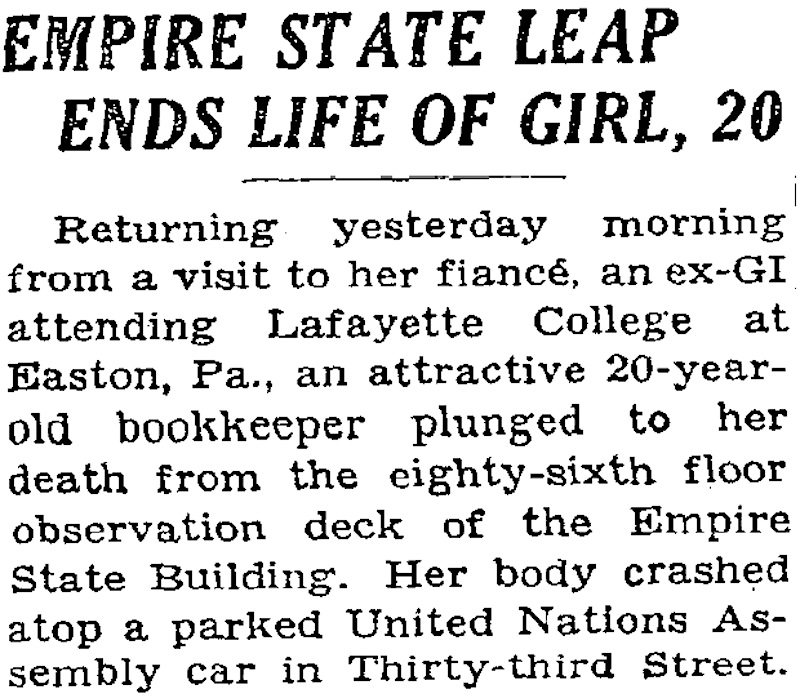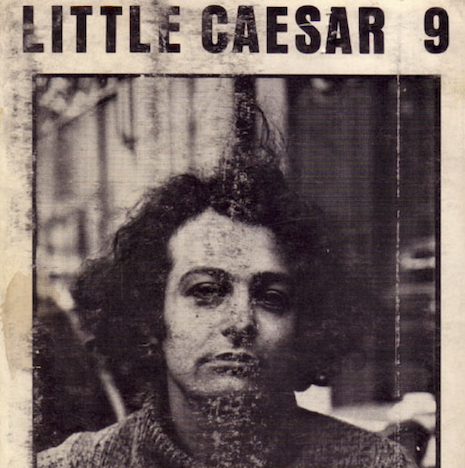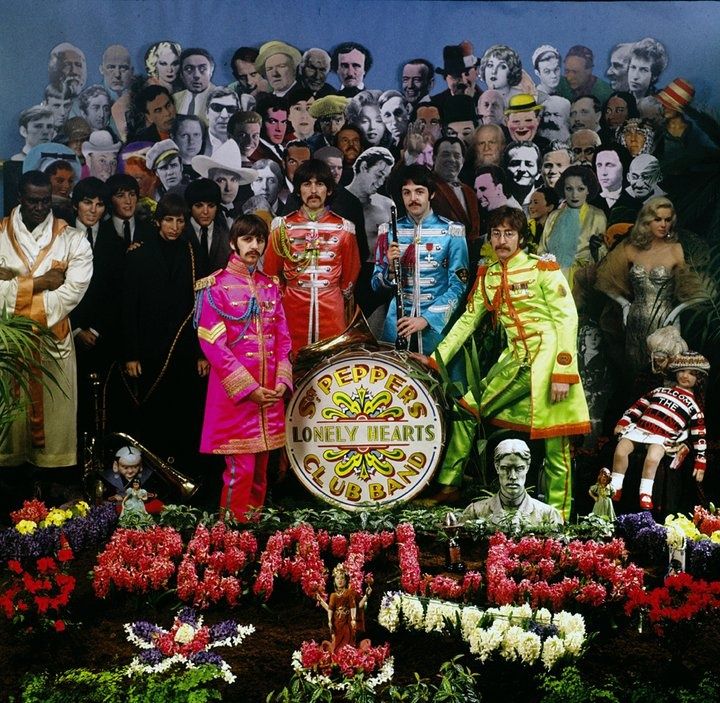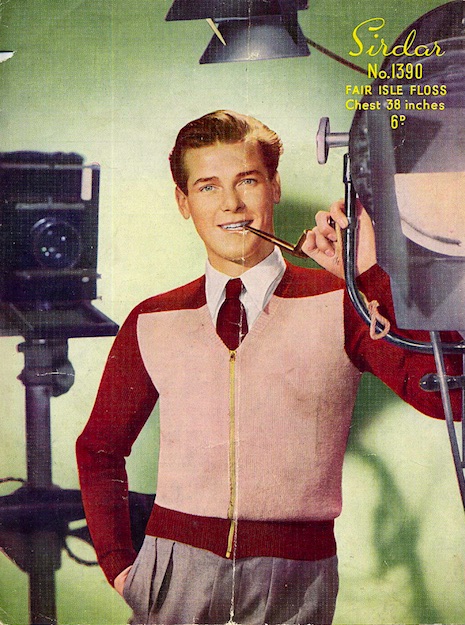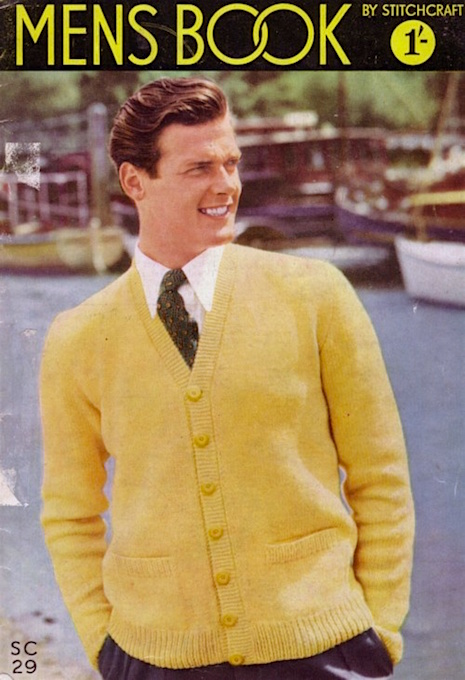
It’s easy to forget how weird Elvis was. Sure, I mean weird “like a prince from another planet,” in the New York Times’ phrase, but I also mean weird like an ordinary nerd. Kicked, punched, wedgied, swirlied, dumped-in-the-trash-can weird. Sun Records artist Barbara Pittman makes it sound like humiliating Elvis was once a kind of neighborhood sport:
My older brother went to school with him, and he and some of the other boys used to hide behind buildings and throw things at him—rotten fruit and stuff—because he was different, because he was quiet and he stuttered and he was a mama’s boy.
He could have been John Lauber, the gay schoolmate whose bleached hair Mitt Romney reportedly chopped off with scissors as a senior. He very nearly was, according to Memphis Mafioso Red West, who claims to have broken up just such a scene in the high school men’s room:
What sealed our fate forever, I’m sure: between classes, I went into the bathroom one day, and I saw these three guys and Elvis back in the corner. Two of ‘em were holding him, one guy had the scissors. Elvis was different: he wore the long hair, and all of us had crew cuts. And I walked in, looking around. “What’s goin’ on, boys?”
“We gonna cut a little hair off this boy, here, you know.”
And I said, “He don’t look like he wants it cut off, to me.”
He said, “No he don’t, but we do.”
And I said, “Well, if you cut his, you’re gonna cut mine, and I ain’t got too damn much up here to cut.” And they looked at me to see if I was serious, and they saw that I was serious, and they let him go.
Now, the story that these were football players—these weren’t football players. These were just redneck dumbasses.

So while some of the world’s mean motherfuckers consider Elvis one of their own, their claim is by no means exclusive. To be the King of Rock and Roll is to be the king of every abnormal person who’s ever been on the losing end of a fight. I’ll grant you that Elvis did not always act with these subjects’ best interest at heart, as when, in the rambling letter to Nixon he wrote on American Airlines stationery, he volunteered to use his bona fides with “The Drug Culture, The Hippie Elements, The SDS, Black Panther, etc” to infiltrate those groups as a “Federal Agent at Large.”
But Elvis contained multitudes. At least in the probably apocryphal version of the Elvis story Lux Interior of the Cramps said he heard from Sam Phillips’ son (which one?) “one drunken night,” Elvis was “The Drug Culture” of 1954, leveraging Gladys’ supply of bennies for studio time:
Yeah, we were told that Elvis wasn’t discovered as such at all! He was just some freaky-looking kid always making a nuisance of himself around Sun Studios and nobody wanted to know him. Like here’s this guy who dyed his fuckin’ eyebrows and dressed in black pimp clothes—and this was the ‘50s in the South, you’ve got to remember—and Sam Phillips and all the session guys thought he was some disgusting little faggot!
However Elvis did have this one piece of luck. His mother, right, had a really bad weight problem and the doctor prescribed her this enormous supply of diet pills which just happened to be… these pills were just pure benzedrine, right, which is a very potent form of speed.
And all those Sun guys just lived on speed, man. So when Phillips found out that Elvis could get bottles of these things, he let him hang around. So, like, here was Elvis every week bringing huge bottles of these pills to the guys at Sun until, as he was the studio’s main source of supply for speed, Phillips was more or less obliged to let him cut a record.
So like, rock ‘n’ roll was born simply because Elvis Presley was Sun Records’ number one speed dealer.

It’s fitting that the book Elvis is said to have taken with him on his fatal trip to the can, A Scientific Search for the Face of Jesus, concerned the Shroud of Turin, which is either a holy relic or a total ripoff, depending on who’s talking. He was about to pass into just such an indeterminate state, Elvis was, forever leaving behind the dimension that has toilets for the one made entirely out of meaning. And now that he’s been a pure symbol for so long, hardly anyone remembers that he used to sing. (N.B.: Elvis was fucking great!) But everyone remembers that he died on the shitter.
VCRs and cassette decks everywhere whirred into action on August 16, 1977, perhaps hoping to capture a glimpse or echo of EP kung-fuing his way through the pearly gates. Because I love Elvis, before I am subjected to the inevitable cable news specials marking the 40th anniversary of his death next month, I’m inoculating myself with heavy doses of raw video. There are hours of TV and radio coverage of the event. Perhaps you’d like to join me?
After the jump, nearly two hours of Elvis death coverage and ‘mini-docs’...









